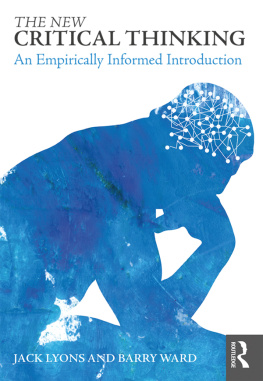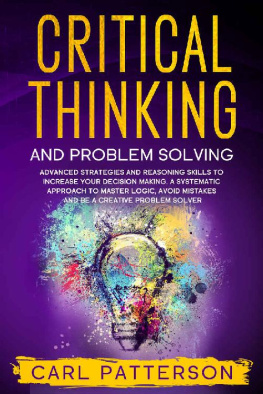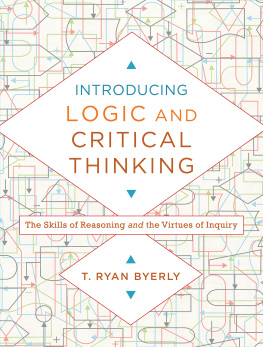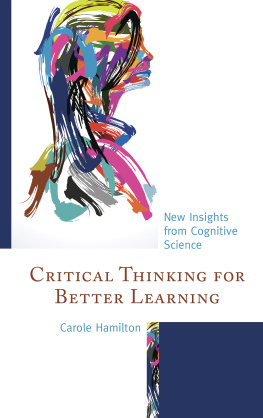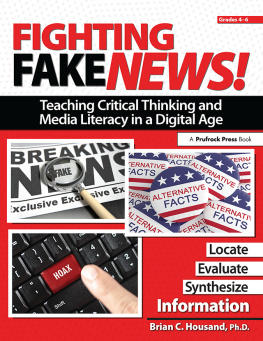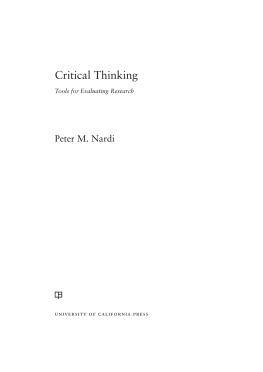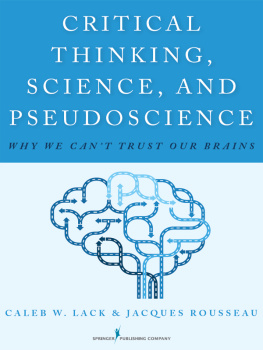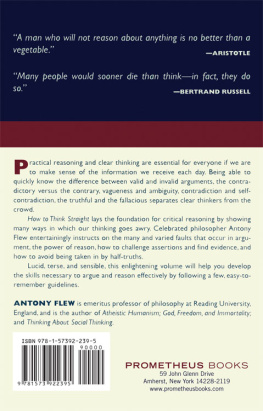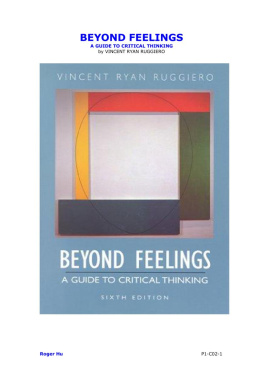First published 2018
by Routledge
711 Third Avenue, New York, NY 10017
and by Routledge
2 Park Square, Milton Park, Abingdon, Oxon, OX14 4RN
Routledge is an imprint of the Taylor & Francis Group, an informa business
2018 Taylor & Francis
The right of Jack Lyons and Barry Ward to be identified as authors of this work has been asserted by them in accordance with sections 77 and 78 of the Copyright, Designs and Patents Act 1988.
All rights reserved. No part of this book may be reprinted or reproduced or utilised in any form or by any electronic, mechanical, or other means, now known or hereafter invented, including photocopying and recording, or in any information storage or retrieval system, without permission in writing from the publishers.
Trademark notice: Product or corporate names may be trademarks or registered trademarks, and are used only for identification and explanation without intent to infringe.
Library of Congress Cataloging-in-Publication Data
A catalog record for this book has been requested
ISBN: 978-1-138-68747-9 (hbk)
ISBN: 978-1-138-68748-6 (pbk)
ISBN: 978-1-315-54228-7 (ebk)
Typeset in Berling and Futura
by Apex CoVantage, LLC
Visit the companion website: www.routledge.com/cw/Lyons

This textbook offers a practical, hands-on approach to critical reasoning. Its aim throughout is to make students (mostly non-philosophy majors) better reasoners outside of the classroom. The book is primarily intended for critical thinking courses of the kind that are taught at the freshman and sophomore level at numerous universities and colleges across the U.S. It makes a number of crucial innovations regarding both content and approach. Regarding content, critical thinking texts generally focus almost exclusively on types of arguments and associated errors of reasoning . There are two reasons why this approach is inadequate. First, it implicitly assumes that when we form beliefs badly, we do so because we are reasoning badlywe simply lack the knowledge to identify and weed-out defective or fallacious arguments. If this diagnosis were correct, the standard approach might be a good one. However, the work of numerous psychologists, notably the Nobel laureates Daniel Kahneman and Amos Tversky, has demonstrated that humans often form mistaken beliefs not because of errors of reasoning, but because of unreliable heuristics/automatic belief-formation processes on which we all, frequently and unreflectively, rely. Thus, standard critical thinking texts are simply blind to a pervasive source of intellectual error. By contrast, our approach is psychologically informed both in its diagnosis of the errors sources and in the relevant remedies. Throughout the text, we focus on the real, psychological roots of erroneous belief. In some cases, merely pointing out the errors source and warning against it is an effective cure. However, in others, psychologists have discovered techniques we can use to work around our natural intellectual blind-spots, and we exploit these techniques where they are most useful, notably regarding probabilistic inference.
Second, the standard approach implicitly assumes that assessing an arguments premises is largely outside the scope of a critical thinking text. This is a major omission. We very often hold others mistaken, not primarily because of errors of reasoning, but because they rely upon sources of information that we find dubious. In this Internet age of clickbait and fake news, everyone has a pulpit, and journalistic balance often means that the opinions of those with no relevant expertise are placed on a par with those of evolutionary biologists, climate scientists, and epidemiologists. Thus, the standard critical thinking textbook advice to trust the opinions of relevant experts when there is a consensus among them, doesnt begin to address the relevant issues. Many students are either incapable of making any evaluation of who the real experts are, or will have made their own idiosyncratic selections of experts on highly dubious grounds. We take the issue of expertise, and of how to deal with Internet sources in particular, seriously. So, we include detailed and upto-date discussions of the nature of science, and more fundamentally, general discussion of belief on the basis of testimony and how suitably structured communities of experts can legitimately earn the trust of reasonable people. Thus, the book has an epistemological component that is generally absent from other critical thinking texts and is indispensable for real-world argument evaluation.
In addition to these fundamental differences in content and approach, there are substantial innovations in our presentation and development of the standard elements of a critical thinking text, most notably regarding argument evaluation and identification. Textbooks typically, indeed almost universally, present identification before evaluation. However, in this book, the order is reversed. This is not a bug; its a feature. The identification of the various components of an argument in the most humdrum text or speech generally hinges on the judgment that if these components formed an argument, it would be a passably sensible one: argument identification generally presupposes argument evaluation. Even in the most simple , realistic examples, a passage will often contain, in addition to some genuine argument, a wealth of thematically related material that contributes nothing to the arguments strength, and hence, is irrelevant. It is almost perverse to ask students to winnow out the argument without significant prior instruction on evaluation. In particular, the idea that indicator words provide remotely adequate guidance is a pedagogical fiction that, in our experience, largely hinders and confuses students who are genuinely seeking to understand and develop the relevant skill. Hence, our approach.
We also provide an original (at least as far as critical thinking texts are concerned) and intuitively compelling way of proving the validity of a broad class of valid arguments and argument forms: explicitly demonstrate that it is impossible to make the conclusion false while making all the premises true. Crucially, this technique does not rely upon truth tables, thus avoiding the damaging confusion that often arises in critical thinking classes when English indicative conditionals are, counterintuitively, analyzed as material conditionals i.e., using the material conditional truth table. Further, it provides a unified, comprehensive treatment of both simple truth-functional argument forms and categorical syllogisms, eliminating the unnecessary complication of analyzing the latter using Venn diagrams. Many instructors and some students love the formal simplicity of truth tables and Venn diagrams, but many students dont. Thus, the main text, instead, employs the above technique and also simple Euler diagrams. For instructors who prefer truth tables and/or Venn diagrams, we cover the same material in those terms in appendices A and B respectively.
We have also sought to address a number of difficulties that will be familiar to anyone who has spent some time in the trenches, teaching this demanding, and yet, elementary course.
- 1 Getting students to understand and successfully apply the core concept of deductive logic, validity, is not easy. Numerous instructors will report that, at the end of their course , a high percentage of their students still dont get it. We have located two problems here: properly understanding the notion of possibility invoked in the definition of validity and recognizing that the actual truth values of the premises and conclusion of an argument are not a guide to its validity. We target both issues with careful discussion and vivid, worked examples.

